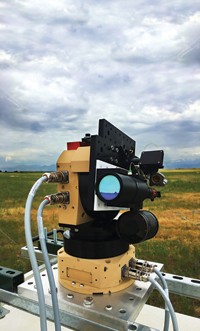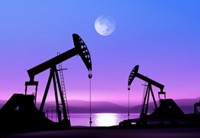Advertisement
Grab your lab coat. Let's get started
Welcome!
Welcome!
Create an account below to get 6 C&EN articles per month, receive newsletters and more - all free.
It seems this is your first time logging in online. Please enter the following information to continue.
As an ACS member you automatically get access to this site. All we need is few more details to create your reading experience.
Not you? Sign in with a different account.
Not you? Sign in with a different account.
ERROR 1
ERROR 1
ERROR 2
ERROR 2
ERROR 2
ERROR 2
ERROR 2
Password and Confirm password must match.
If you have an ACS member number, please enter it here so we can link this account to your membership. (optional)
ERROR 2
ACS values your privacy. By submitting your information, you are gaining access to C&EN and subscribing to our weekly newsletter. We use the information you provide to make your reading experience better, and we will never sell your data to third party members.
Environment
Emissions Verification
May 10, 2010
| A version of this story appeared in
Volume 88, Issue 19
I applaud C&EN for highlighting the importance of verification of emissions as part of any climate-change deal (C&EN, March 8, page 34). The alternative path of relying on software-based inventory calculations creates the potential for accounting fraud with far greater and longer lasting consequences than Enron, the subprime crisis, or anything heretofore imagined.
Fortunately, the current state of emissions monitoring is more advanced than the article suggests. Numerous commercially available continuous emissions-monitoring technologies are in use around the world today. One of those technologies is cavity ring-down spectroscopy (CRDS), pioneered by Stanford University's Richard Zare. CRDS is used to measure trace gases from airplanes, moving vehicles, and fixed towers. It also ascertains efficacy of carbon sequestration techniques in green building materials and in pilot programs to measure emissions from wide-area landfills—an entirely new capability.
Dozens of different gas species can be measured by CRDS, including the three most prevalent greenhouse gases: water, carbon dioxide, and methane. Environmental justice organizations and the Environmental Protection Agency have been using CRDS to map real-time methane emissions in and around refineries and chemical plants in New Orleans with an analyzer mounted in the trunk of a rental car. The California Air Resources Board is putting in place a network of seven measurement stations to calculate and track methane fluctuations in the Golden State on a continuous basis.
Scientists and engineers have created the technology to accurately track greenhouse gas concentrations and their sources. It is now up to the policy makers to decide if and how to use it to shape effective and well-informed climate policies.
Gregor Hsiao
San Jose, Calif.





Join the conversation
Contact the reporter
Submit a Letter to the Editor for publication
Engage with us on Twitter